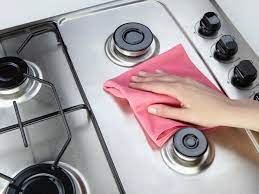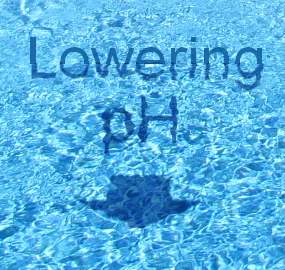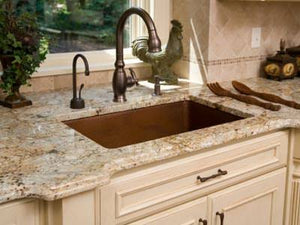<transcy>Hoe skoonmaakgoed werk</transcy>
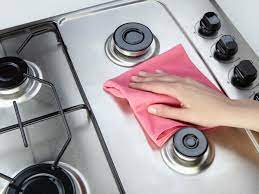
Stainless Steel - Cleaning, Care and Maintenance 0
- Matthew Smith
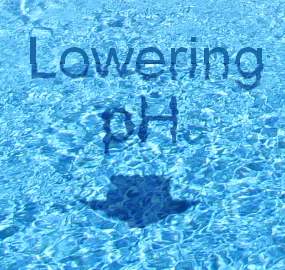
How to use Pool Acid to correct pH in swimming pools 1
The pH level of your pool affects every other chemical balance in pool water. pH is a measure of the level of hydrogen ions or acidity of the pool water. Measured on a logarithmic scale, a pH of 0 indicates extremely acidic conditions, and a pH of 14 indicates extremely basic conditions. A pH of 7 is neutral.
Always acid resistant gloves and eye protection when handling pool acid.
- Matthew Smith
- Tags: advice Pool Acid Swimming Pool
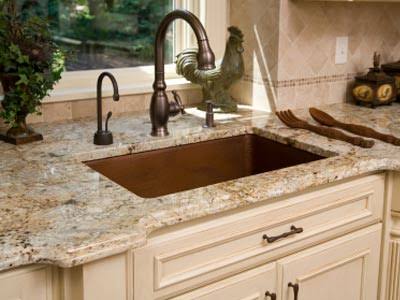
How to maintain your granite counter top or floor. 0
If you’ve never had granite countertops, then you may be used to simply cleaning your counters with whatever cleanser you happen to have on hand. Maybe you prefer to use natural products like vinegar and baking soda, or maybe you like products made by Mr. Muscle. Regardless of what you’re used to using, however, when it comes to granite, not every product out there is safe to use on your stone- Matthew Smith
<transcy>Wasmiddelresidu - Die drywer vir 'groen'</transcy> 0
Nog 'n argument om 'groen' te ondersteun.
Wat laat u skoonmaakmiddels agter?
Is een van die volgende op u van toepassing?
- Het u al ooit 'n plek skoongemaak wat 'n paar dae of weke op misterieuse wyse weer verskyn?
- Word weer kolle wat swart word en groei dit l
- Matthew Smith
- Tags: advice cleaning tips science Tips
<transcy>Vlekverwyderaarseienskappe</transcy> 0
Vlekverwyderaarseienskappe
Die keuse van 'n vlekverwyderaar is soos 'n werksonderhoud. Daar is baie aansoekers om van te kies. Dit lyk asof almal volgens die etiket op die bottel gekwalifiseer is om aan die posbeskrywing te voldoen. Dit kan nie bekend word of die regte oplossing gekies is voordat u die vermoë toets om 'n tapytvlek te verwyder nie.
'N Ware "alles-in-een" vlekverwyderingsproduk bestaan nie.
- Matthew Smith
- Tags: advice cleaning tips science
<transcy>Tapytvesel - watter een vir u lewenstyl</transcy> 0
Watter tipe tapytvesel pas die beste by u lewenstyl?
Die verskillende soorte tapytvesels wat gebruik word, sal meestal die eienskappe van 'n tapyt of mat bepaal.
'N Vesel kan gekategoriseer word as:
- Matthew Smith
- Tags: advice cleaning cleaning tips science
